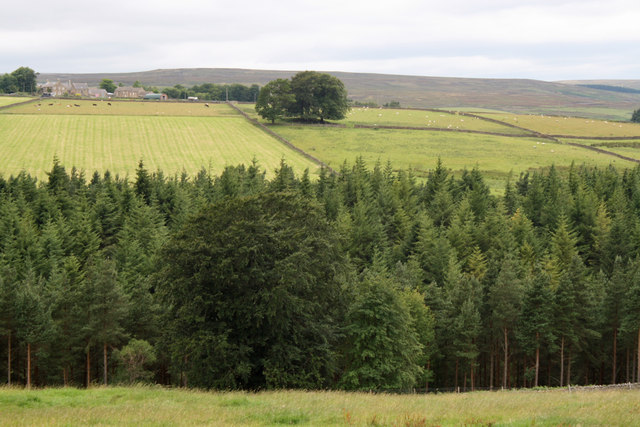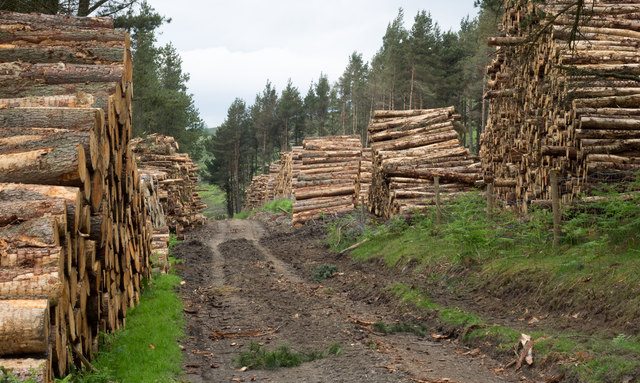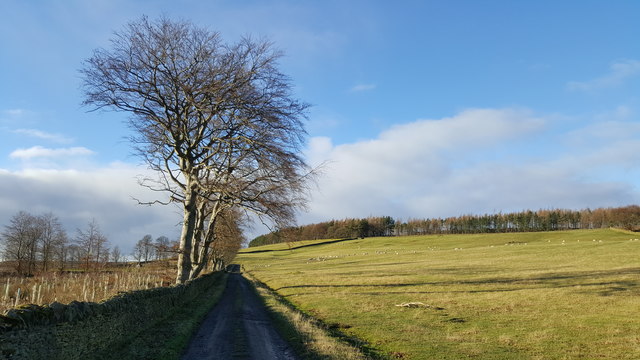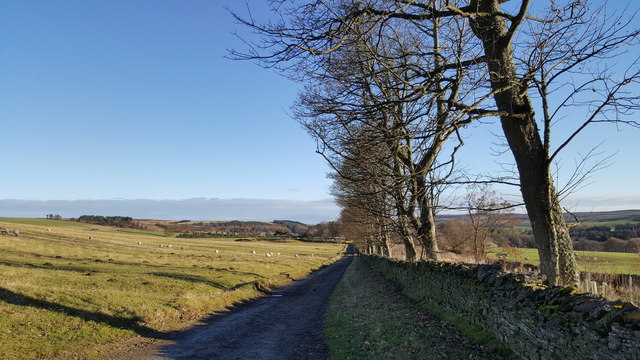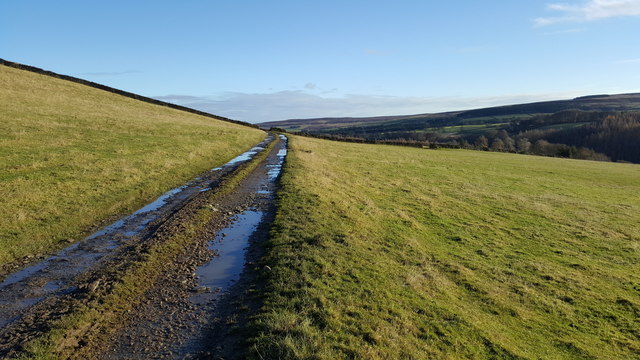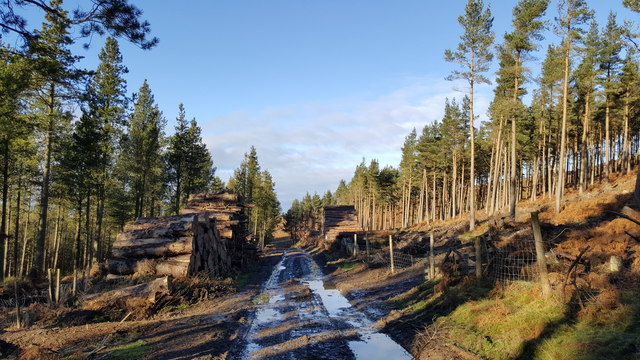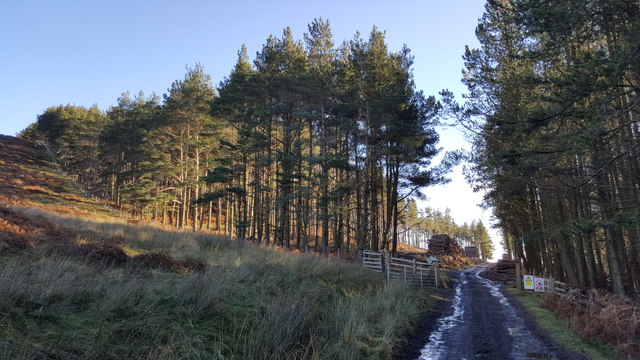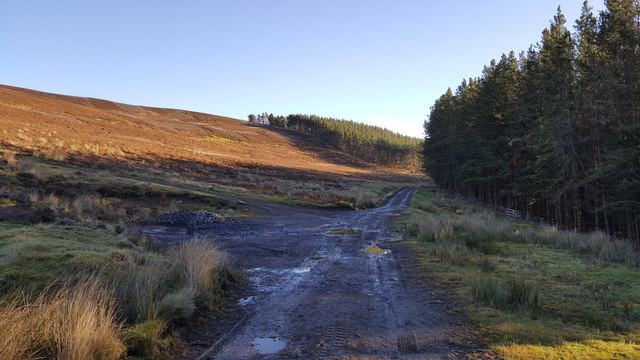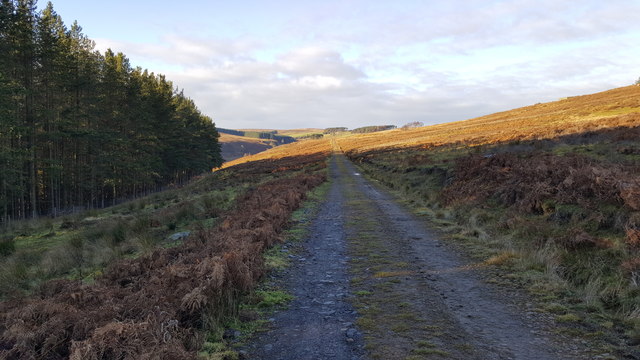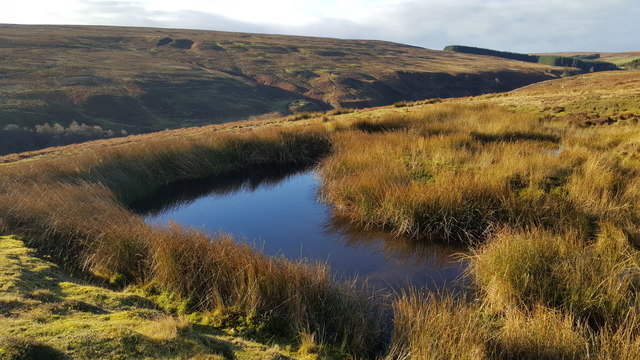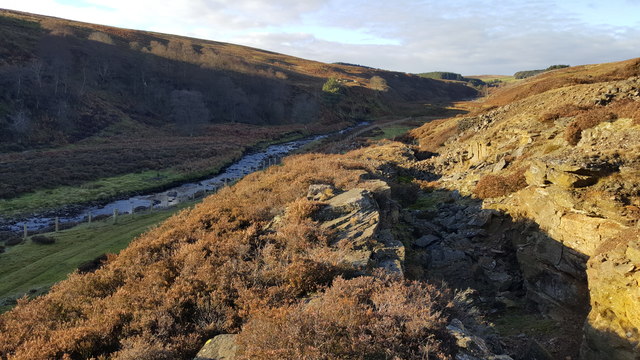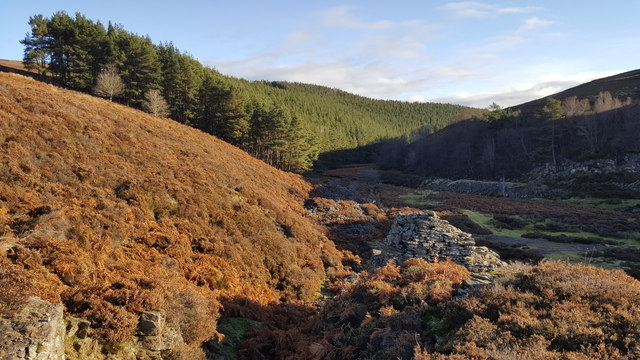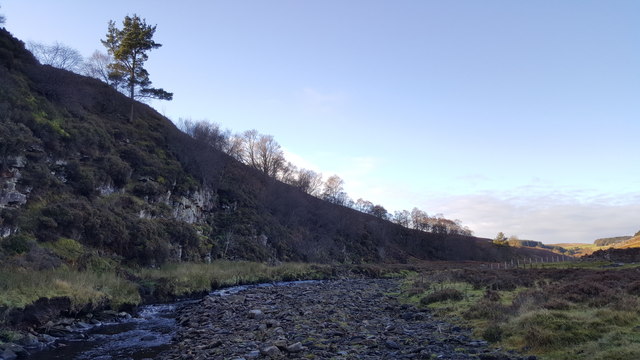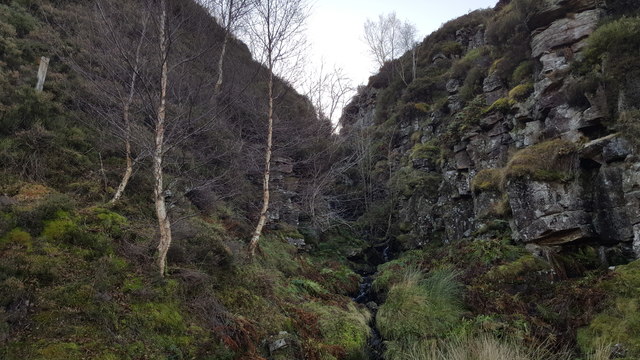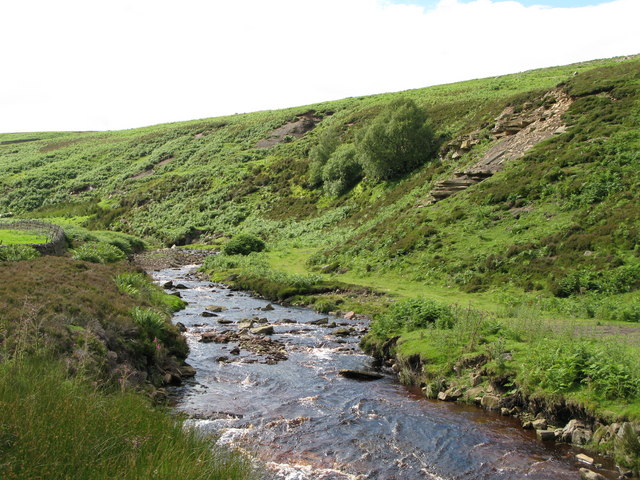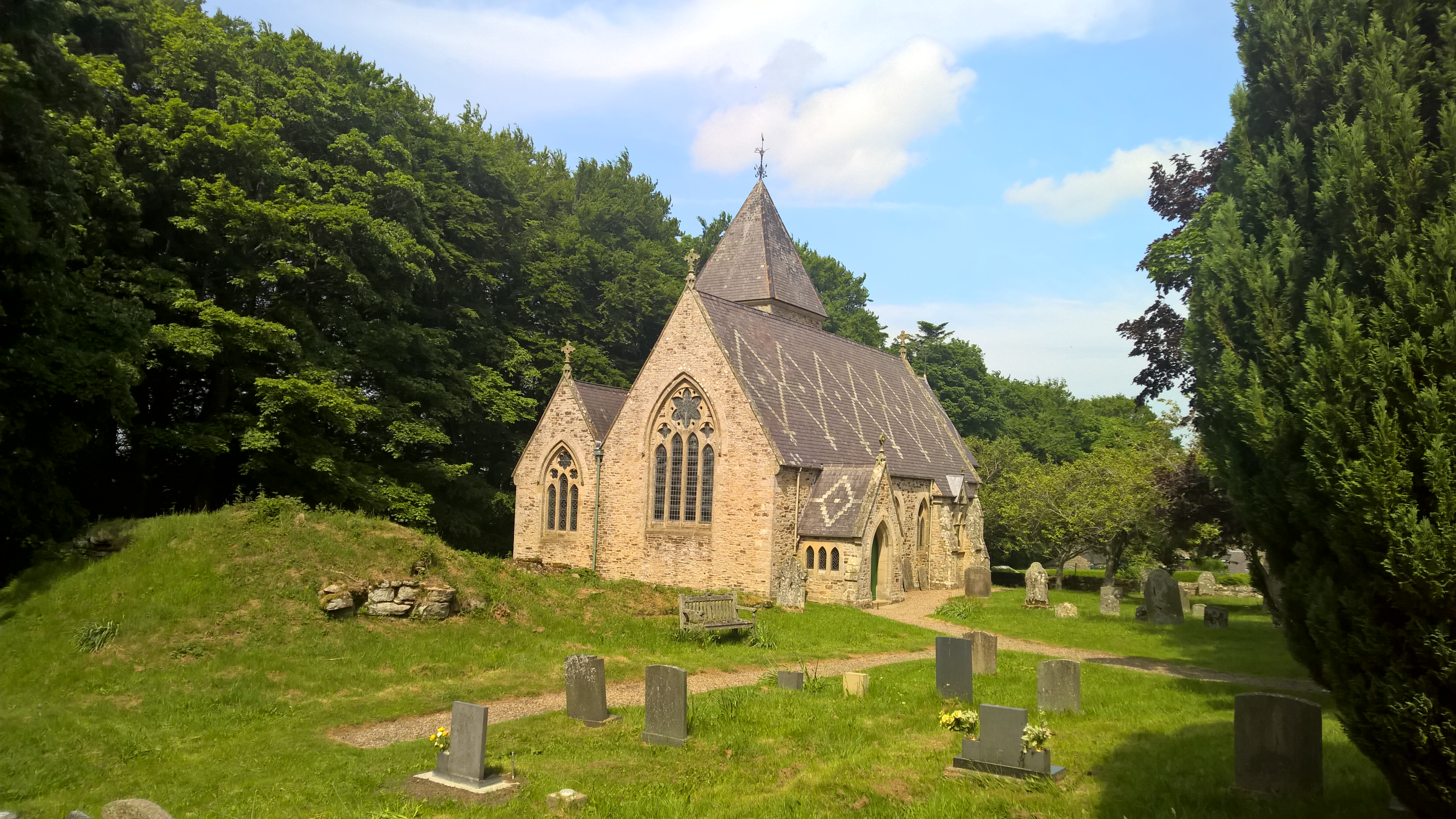Nookton Fell
Hill, Mountain in Durham
England
Nookton Fell
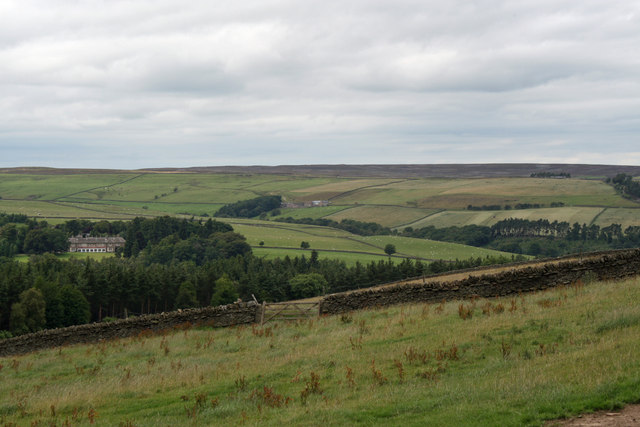
Nookton Fell is a prominent hill located in County Durham, England. It is situated in the northern region of the Pennines, a mountain range that runs through northern England. With an elevation of approximately 1,736 feet (529 meters), Nookton Fell stands as one of the highest points in the Durham Dales.
The hill is renowned for its stunning natural beauty, offering breathtaking panoramic views of the surrounding countryside. Its location within the North Pennines Area of Outstanding Natural Beauty further enhances its appeal to nature enthusiasts and hikers. Nookton Fell is a particularly popular destination for outdoor activities such as hiking, walking, and wildlife spotting.
The terrain of Nookton Fell is characterized by rolling hills, rocky outcrops, and heather moorland. The hill is covered in a patchwork of vegetation, including grasses, ferns, and wildflowers, which provide a habitat for a variety of wildlife species. Visitors may catch glimpses of birds such as curlews, lapwings, and golden plovers, as well as mammals like hares and roe deer.
Access to Nookton Fell is primarily via public footpaths and trails that wind their way through the surrounding countryside. These paths offer varying levels of difficulty, catering to both experienced hikers and casual walkers. It is advisable to bring suitable outdoor gear, including sturdy footwear, to fully enjoy the hill's natural wonders.
Nookton Fell is a true gem of County Durham, providing a tranquil escape and a chance to immerse oneself in the region's picturesque landscapes. Whether it's for a challenging hike or a leisurely stroll, Nookton Fell offers an unforgettable experience for nature lovers and outdoor enthusiasts alike.
If you have any feedback on the listing, please let us know in the comments section below.
Nookton Fell Images
Images are sourced within 2km of 54.836885/-2.0933057 or Grid Reference NY9449. Thanks to Geograph Open Source API. All images are credited.

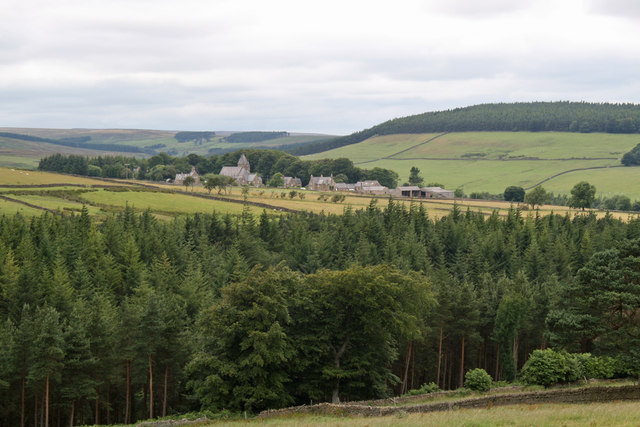
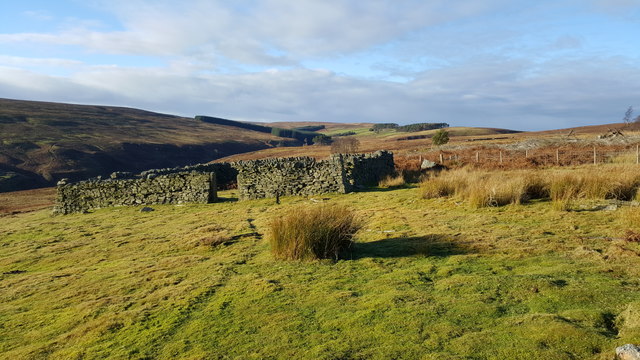
Nookton Fell is located at Grid Ref: NY9449 (Lat: 54.836885, Lng: -2.0933057)
Unitary Authority: County Durham
Police Authority: Durham
What 3 Words
///extremely.format.showed. Near Slaley, Northumberland
Nearby Locations
Related Wikis
Beldon Burn
Beldon Burn is a headwater stream of the River Derwent in Northumberland and County Durham, England.It rises at Quickcleugh Moss as the Quickcleugh Burn...
Townfield
Townfield is a village in County Durham, in England. It is situated just to the south of Hunstanworth and part of that parish, about 10 miles (16 km) west...
Hunstanworth
Hunstanworth is a village in County Durham, England. It is situated approximately 10 miles to the west of Consett, south-west of the village of Blanchland...
Baybridge, Northumberland
Baybridge is a small village in Northumberland, England, just to the west of Blanchland and on the border with County Durham. It is situated to the west...
Nearby Amenities
Located within 500m of 54.836885,-2.0933057Have you been to Nookton Fell?
Leave your review of Nookton Fell below (or comments, questions and feedback).
